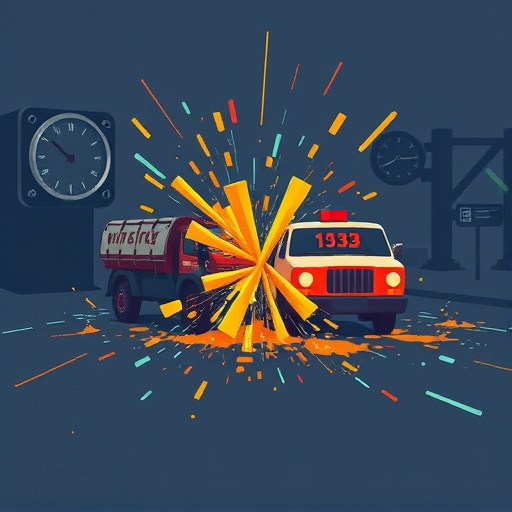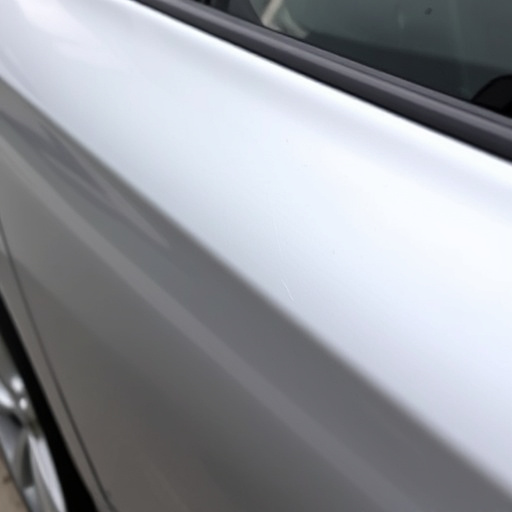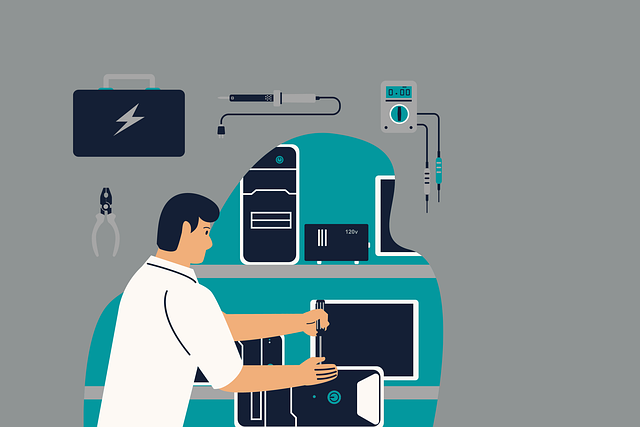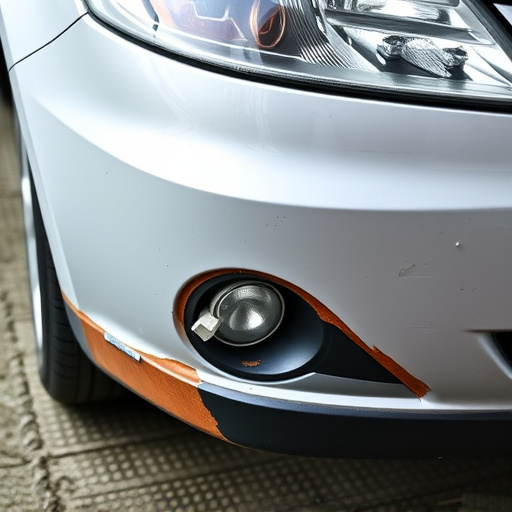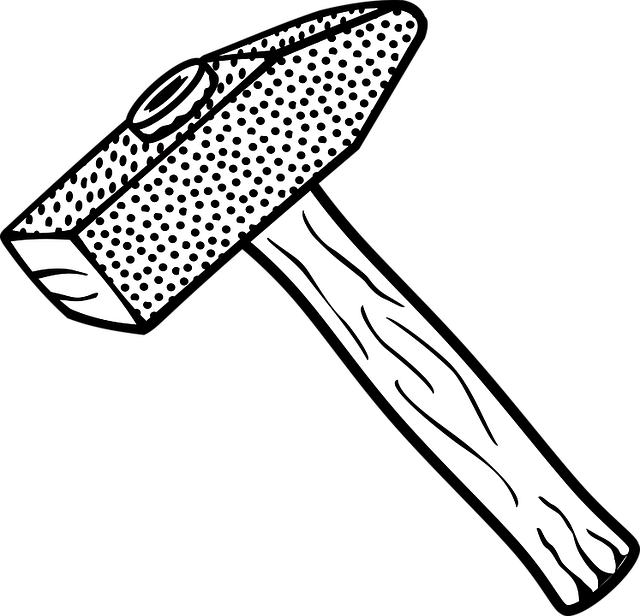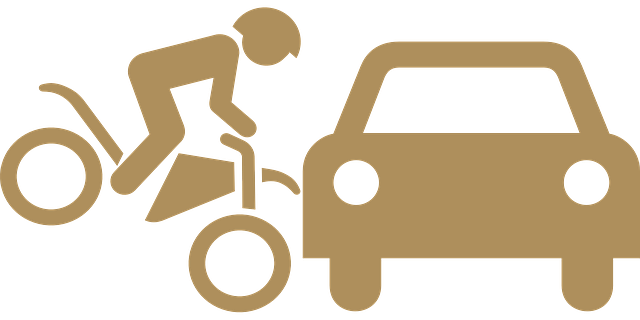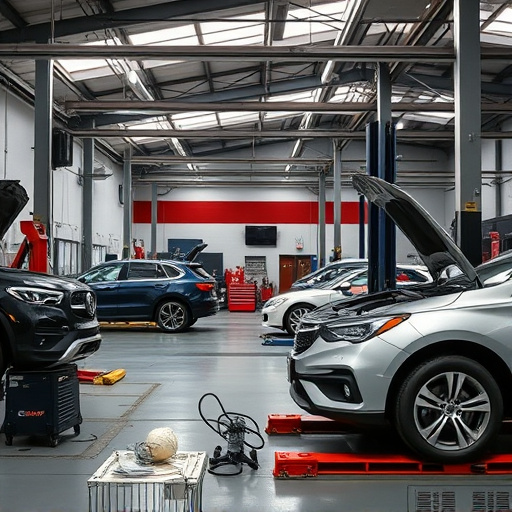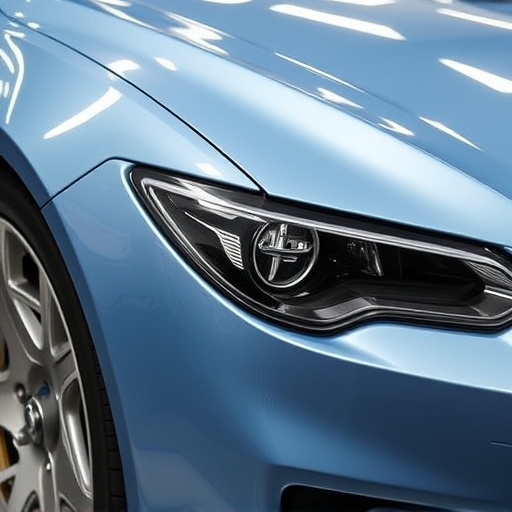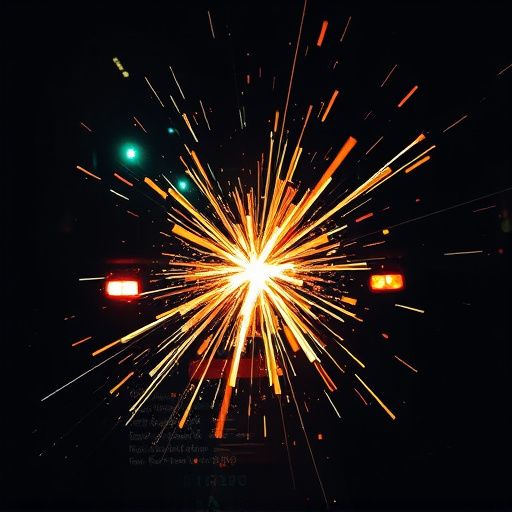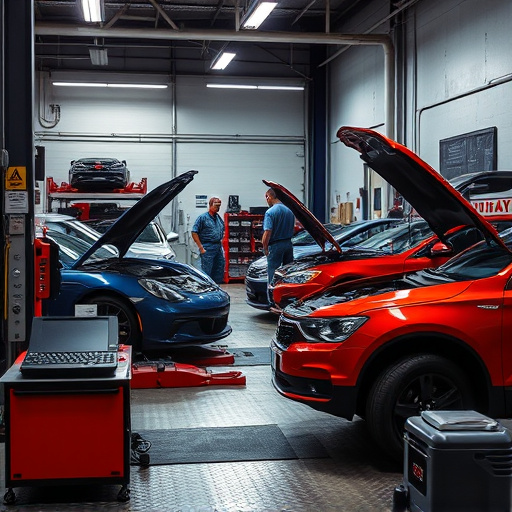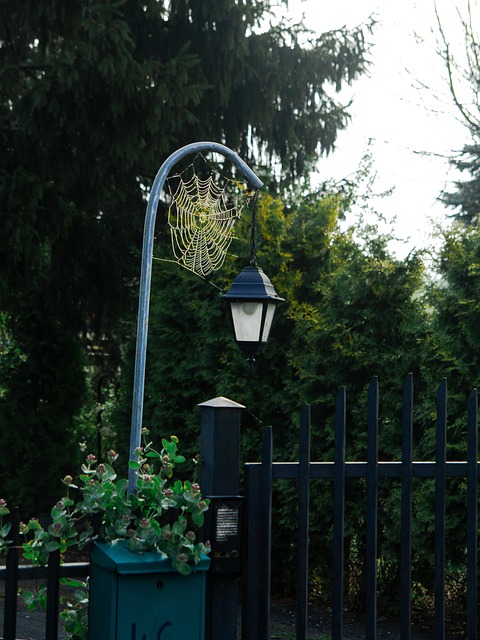Custom color matching is a complex art combining artistic vision with scientific precision. Technicians blend technical prowess, especially in understanding pigments and dyes, with communication skills to interpret client requests accurately. Advanced instruments like spectrophotometers ensure precise color measurements across diverse surfaces. Hands-on training through immersive workshops and digital simulations, coupled with ongoing industry updates, empowers technicians to deliver flawless results, enhancing vehicles' aesthetic appeal and structural integrity via expert custom color matching.
In the realm of professional aesthetics, skilled custom color matching technicians play a pivotal role in transforming visions into reality. This article delves into the intricate art and science behind custom color matching, exploring the essential skills, knowledge, and practical training methods required to excel in this field. We’ll uncover the tools and techniques that empower technicians to deliver precise, vibrant results, meeting the diverse needs of clients seeking unique, tailored hues.
- Understanding Custom Color Matching: The Art and Science Behind It
- Essential Skills and Knowledge for Technicians
- Practical Training Methods and Tools for Effective Learning
Understanding Custom Color Matching: The Art and Science Behind It
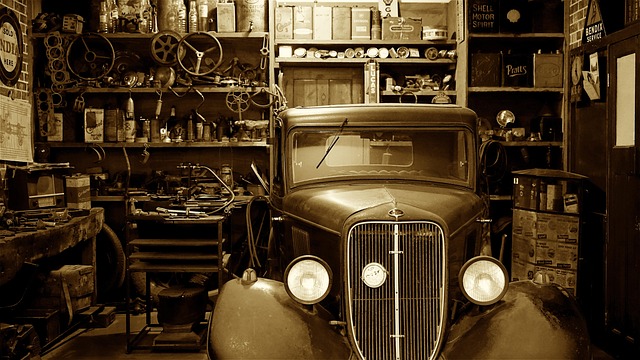
Custom color matching is a specialized skill that combines artistic vision with scientific precision. It’s more than just mixing paints; it involves understanding color theory, light interactions, and material properties to achieve perfectly matched hues for various surfaces, from auto glass repair to meticulous paintless dent repair and car bodywork restoration. Technicians must grasp the fundamentals of pigments, dyes, and their behavior under different conditions, translating theoretical knowledge into practical applications.
The art aspect comes into play when technicians interpret client requests, consider lighting environments, and account for factors like age, wear, and weather that can influence perceived color. Science dictates the use of advanced instruments, formulations, and techniques to ensure accurate matching. This blend of artistry and science empowers skilled technicians to deliver flawless results, revitalizing vehicles to their original aesthetic splendor while enhancing their structural integrity through processes like auto glass repair or meticulous paintless dent repair.
Essential Skills and Knowledge for Technicians
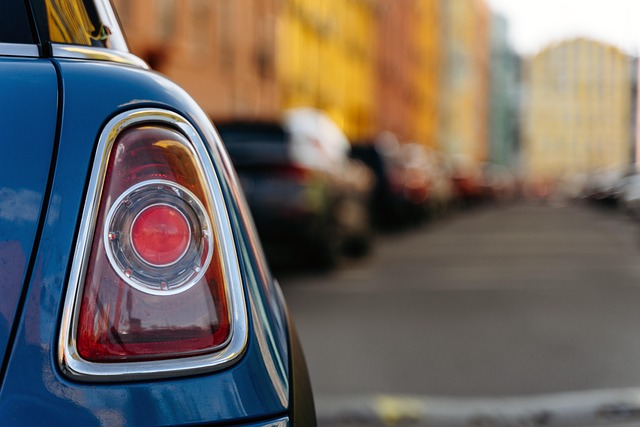
In the realm of custom color matching, technicians require a unique blend of skills and knowledge to deliver precise and flawless results. This specialized craft demands an in-depth understanding of various pigments, dyes, and blending techniques to match any color accurately. Technicians must possess keen eye for detail, enabling them to discern subtle differences in hue, shade, and tone. Proficiency in using advanced equipment, such as spectrophotometers, is crucial for accurate measurements and ensuring consistency across different surfaces, be it car paint repair, auto collision repair, or paintless dent repair scenarios.
Beyond technical prowess, effective communication skills are vital. Technicians often collaborate closely with clients, automotive professionals, and designers, translating complex color specifications into actionable tasks. Staying updated with the latest industry trends, including new color formulations and innovative matching techniques, ensures technicians remain at the forefront of their field. This continuous learning approach, combined with practical experience, is essential for mastering the art of custom color matching.
Practical Training Methods and Tools for Effective Learning

Practical training is the cornerstone of education for custom color matching technicians. The best methods involve a blend of hands-on experience and state-of-the-art tools. For instance, immersive workshops where trainees work on real car scratch repair or collision repair projects allow them to apply theoretical knowledge in a controlled environment. This approach ensures that they understand the intricacies of custom color matching, from assessing damage to mixing precise shades.
Interactive learning platforms and digital simulations are also valuable tools. They offer opportunities for repeated practice without the pressure of dealing with real vehicles, making it safer and more efficient. By combining these practical training methods with comprehensive guides and software designed specifically for auto dent repair and custom color matching, technicians can develop highly refined skills in creating and applying accurate colors to various surfaces.
Custom color matching is a nuanced skill that combines artistic vision with scientific understanding. To master this craft, technicians must undergo comprehensive training that balances theoretical knowledge and practical application. By leveraging effective training methods and tools, individuals can develop the expertise needed to deliver precise, tailored color solutions, ensuring client satisfaction in every project.
